These openwork patterns have been created for many centuries. Lace continues to be relevant and in demand today. Designers, creating new models, use such elements of clothing every now and then. Lace is also used in combination with suitable accessories to create bed linen, interior design and as jewelry.
What is lace
This textile product is made in a special way. It is an openwork ornament, for which no woven base is used. The pattern is an interweaving of threads. They can be silk, wool, cotton or other, according to fashion. There are also lace patterns made with metal threads.
Additional information! There are other materials made similar to this fabric. Leather products with specially made perforations can be used for this purpose.
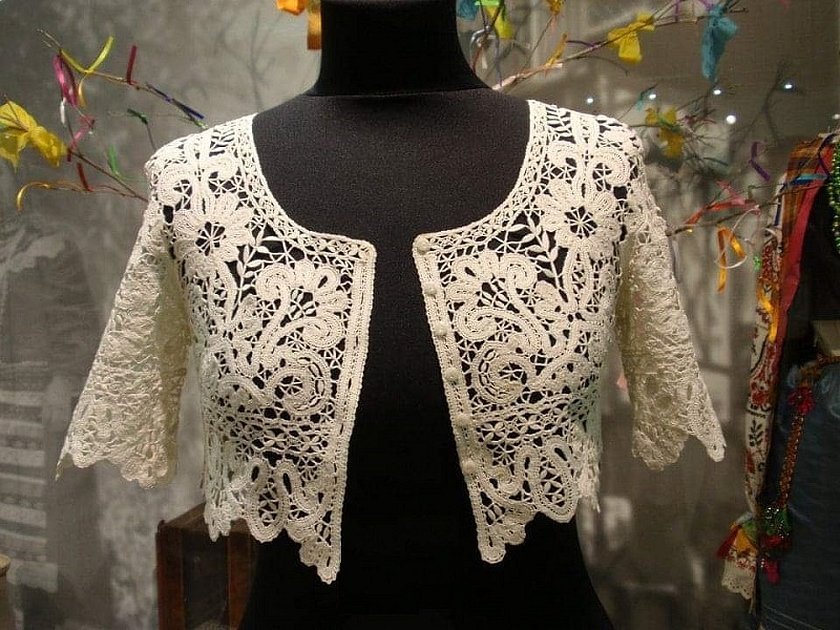
What is lace making
The applied art, as a result of which craftswomen create delicate delicate patterns, is called lace-making. It appeared much later than weaving. In Europe, they learned what lace was in the 17th century thanks to Venetian craftsmen.
Various tools can be used to create them:
- The very first examples of this art were created using needles and thread.
- Nowadays, bobbins are widely used in hand lace making. They are wooden tools with thread wound on them.
- Crochet hooks are used together with bobbins.
- Since handwork is expensive and slow, knitting with special devices has become widespread. Although machine lace is inferior in quality to the products of masters, it is much cheaper.
Lace was made as details for dresses, bed linen and interior textile details.
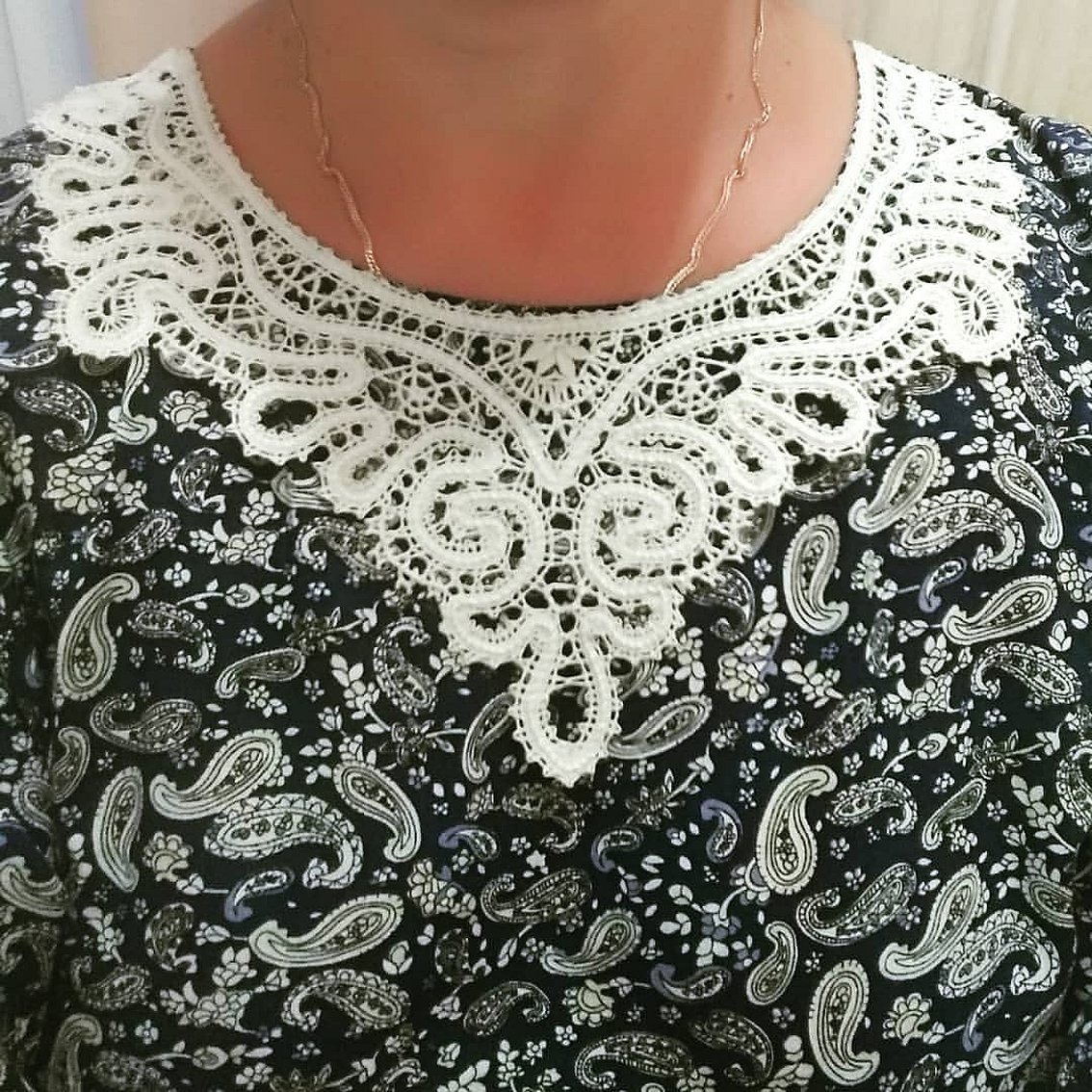
It has become common to make various parts of women's clothing from this material, such as lace garter belts.
Characteristics of lace fabrics
Usually, different types of lace are divided according to the technique with which they were made.
The following names are used for types of lace:
- Knitted items made with a crochet hook or knitting needles.
- Knotted - it is made by weaving thick and strong threads. The most famous directions of such creativity are macrame and tatting.
- Bobbin weaving. This technique uses small wooden bobbins with threads wound on them. Up to 600 pairs of bobbins can be used simultaneously to make one pattern.
- Sewn lace is created using needles and auxiliary tools. Needle lace and hardanger lace fit this definition.
- In ribbon lace, the basis of the design is a fancifully placed ribbon. The rest of the openwork pattern is an addition to it.
Please note! Sometimes lace patterns are an addition to woven items.
When making knitted items, a long or short hook can be used. In the first case, the following types of techniques are used:
- Victorian;
- Tunisian;
- Afghan.
With the help of a short hook you can make the following types of beautiful lace:
- normal;
- Bruges;
- fillet;
- on a fork;
- reticella;
- Irish;
- guipure.
Not all the techniques used to make lace are listed here, but only the most common ones.

Execution techniques
Over the centuries of its existence, various techniques for creating lace products have been developed. Some of the most famous types of lace are described below.
Bobbin
This is traditional Russian lace. It appeared in Rus' in the 13th century, while in Europe the history of this art form dates back to the 17th century. To create lace material, a pattern is used, into which pins are stuck. Threads are woven around them using bobbins.
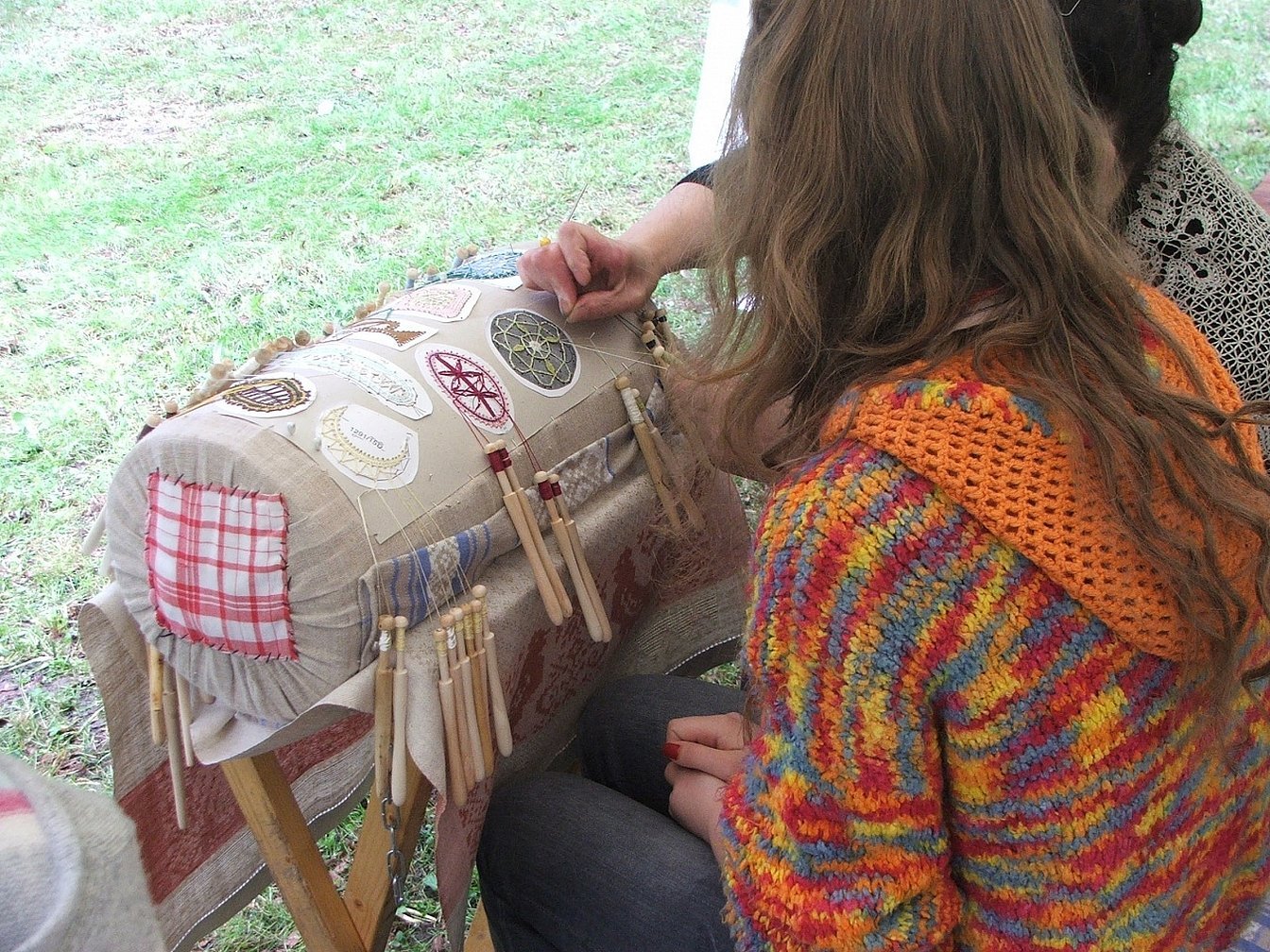
Interesting! In the 18th century, Peter the Great introduced the fashion for wearing lace. This led to the flourishing of this type of applied art. Then, silk colored threads began to be inserted into the weaving, which brought a new dimension to the types of lace.
A characteristic feature of this method of creating openwork patterns is the complexity and labor intensity of the work. Therefore, such lace sewing was not done for oneself, but for sale.
Macrame
This method of work originates from the 9th century AD. It is believed that the foundations of macrame were laid by sailors, creating various amulets using weaving. This type of lace is not only beautiful, but also durable and long-lasting. This made this method widespread.

Tatting
The style originated in France. It involves the creation of lace using specially shaped shuttles and needles, and is often used today to create lace jewelry.
Needle
The only tool used to create lace is a needle and thread. This is the result of a very labor-intensive process.
Themes related to roses or other flowers are most often used.
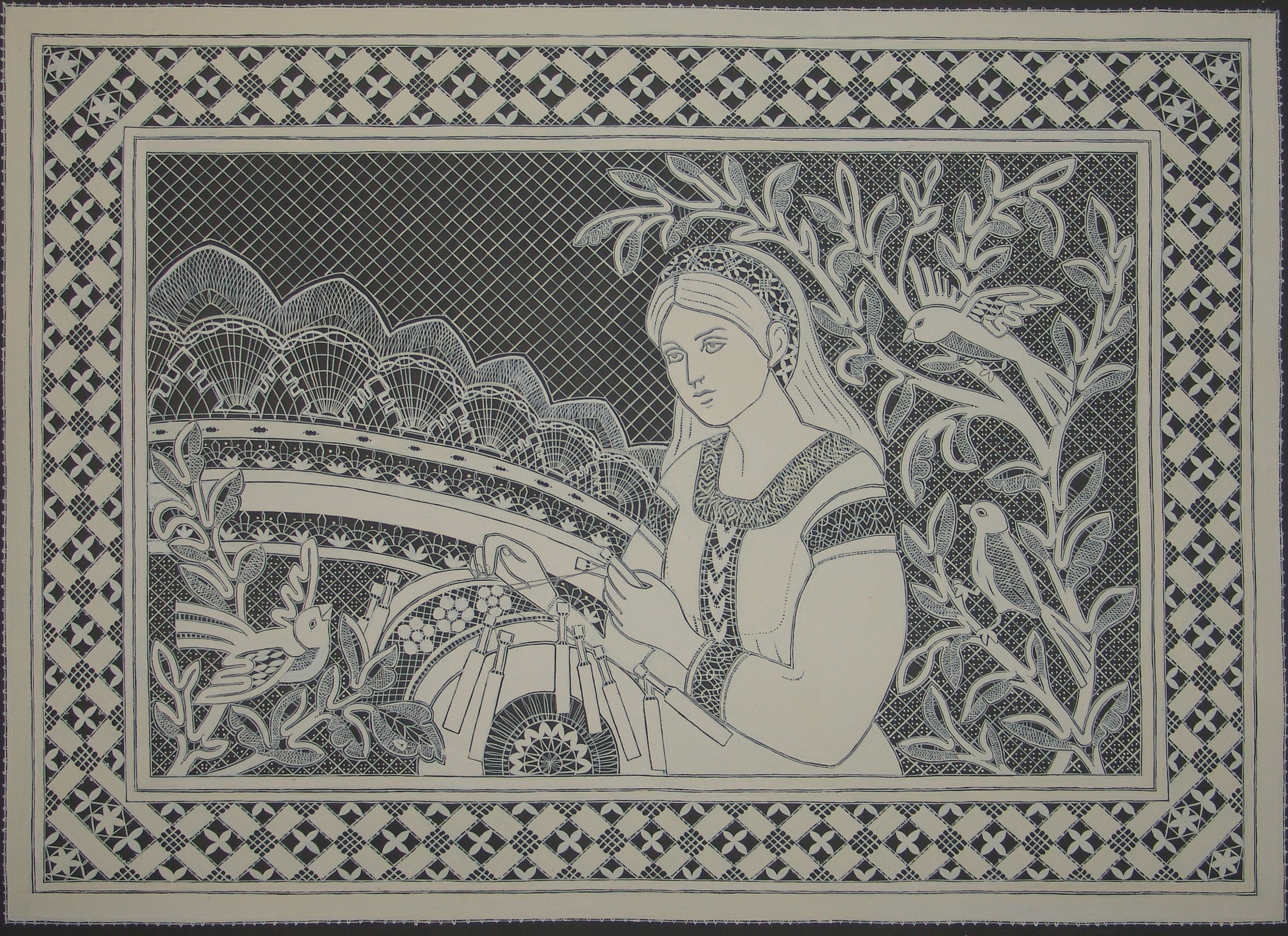
The work takes place in several stages. First, a drawing is made on paper. Then, with its help, the basis of the future pattern is embroidered with a thick thread. After that, the details of the lace pattern are sewn on with a thin thread.
Usually each flower is made separately, then all the parts are sewn together. Needle lace is the art of creating complex lace patterns.
Chantilly
This sewing technique originated in France during the time of Napoleon III. One of its features is the use of black threads for the Chantilly lace pattern. This style has been further developed at present due to the fact that such laces are now mainly made by machine. At the same time, they have retained their elegance and attractiveness.
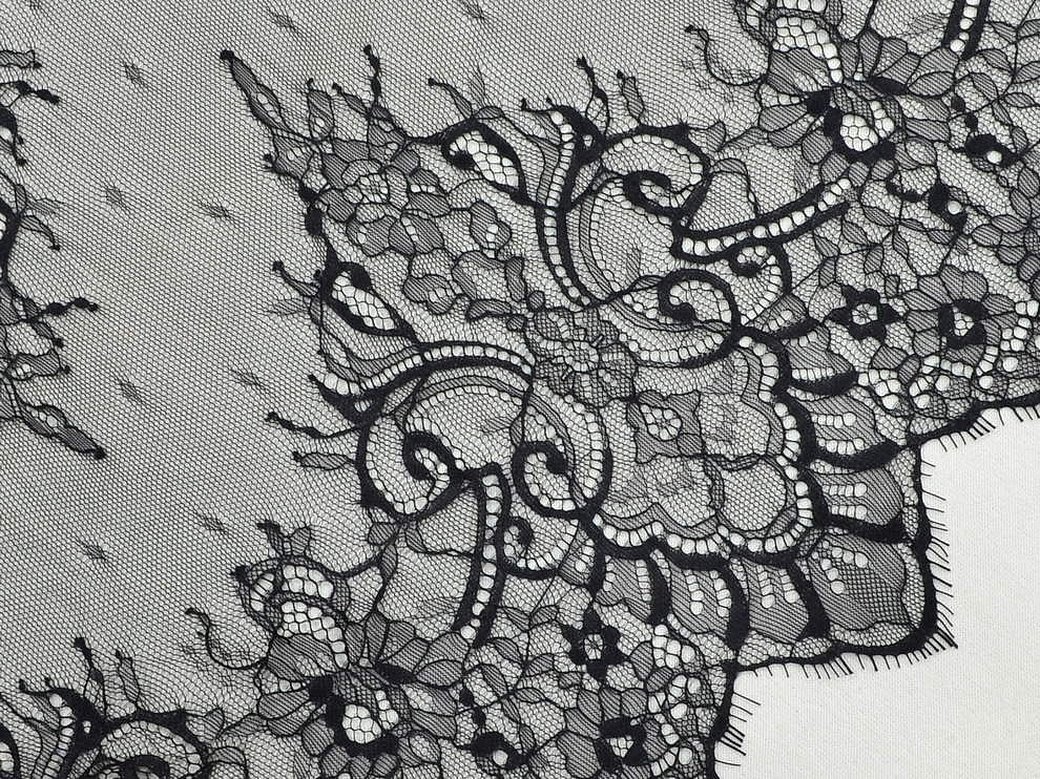
Lace by place of production
In Russia, the most ancient method of making lace is the one that is done with bobbins. These are wooden spools on which threads are wound.
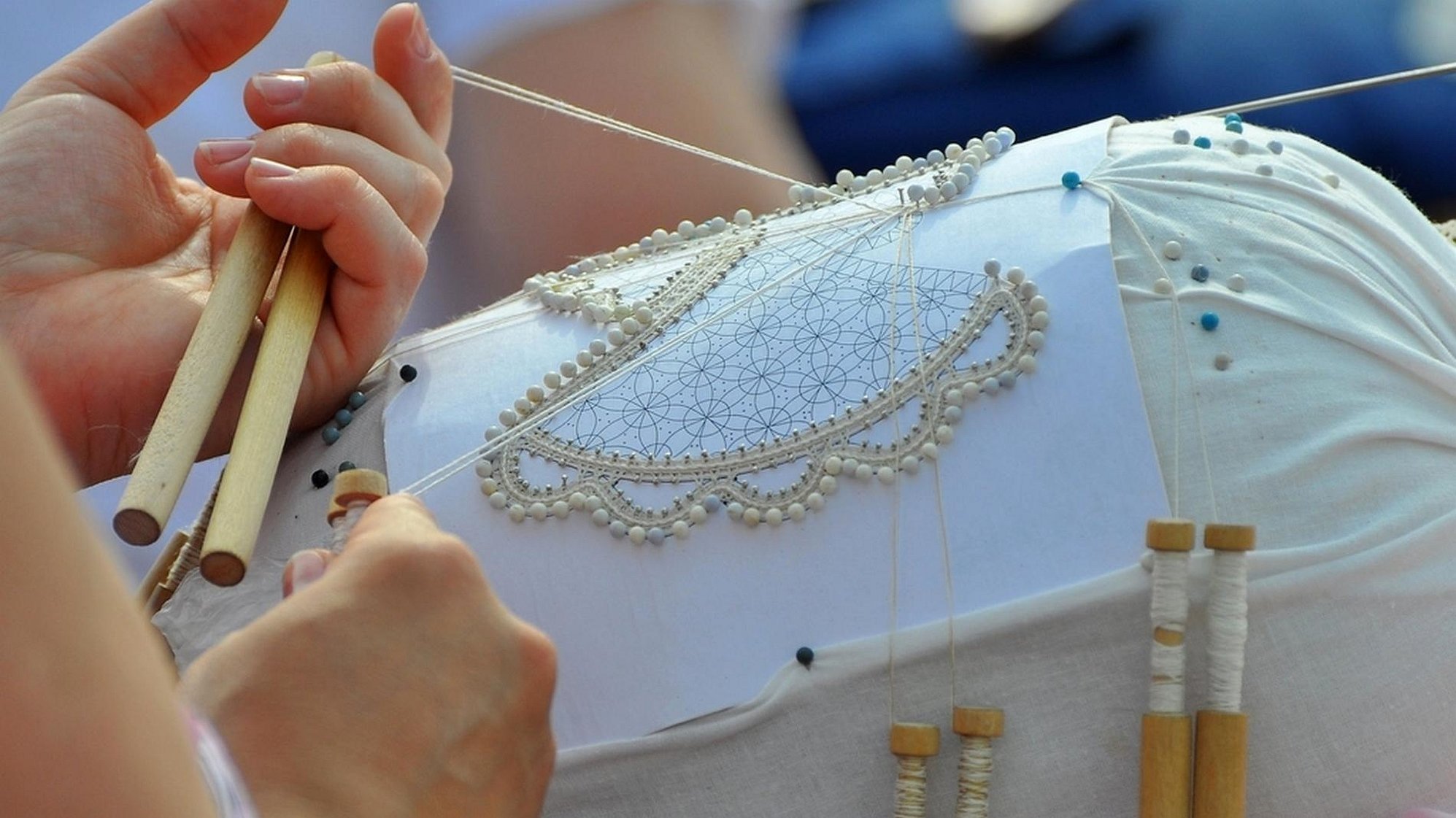
The pattern is first drawn on paper. The main part of the feminine pattern is a braided ribbon, located on a plane with smooth curves.
The following schools of lace making are known in Russia:
- Vologda is the most famous school of craftsmanship, thanks to which a significant part of Russian lace is created.
- Vyatka is characterized by the richness and complexity of the lattice pattern - the basis for the openwork pattern. At the same time, the curves of the main lines in this case are smoother compared to the Vologda style.
- When creating Yeletsky, motifs associated with plants or geometric figures are used: square, rhombus, circle, etc.
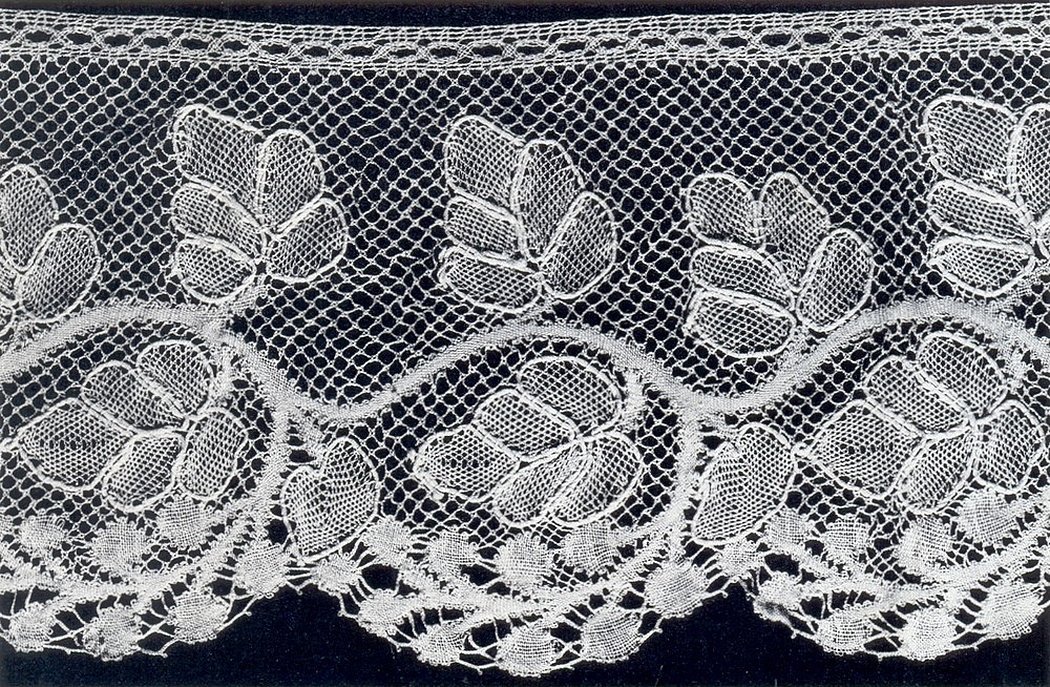
- The Ryazan school is considered the most original of those listed. The products it created cannot be confused with the works of other masters.
Please note! These are the most popular schools, but the works of Belarusian, Armenian, Kirishi and other lace masters are also known.
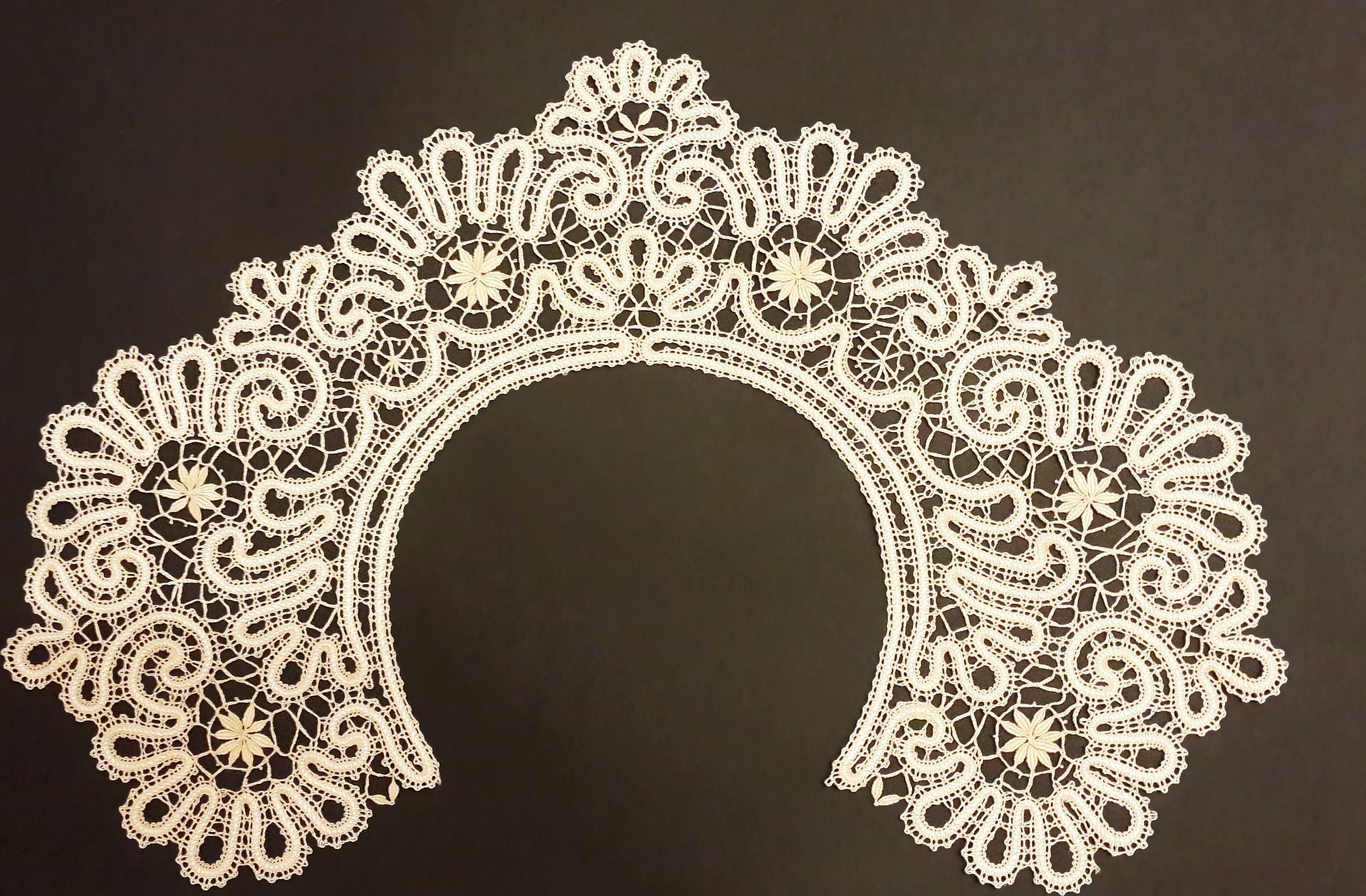
Lace products go well with knitwear.
How to properly care for lace products
Such products must be properly cared for, otherwise they can be easily damaged.
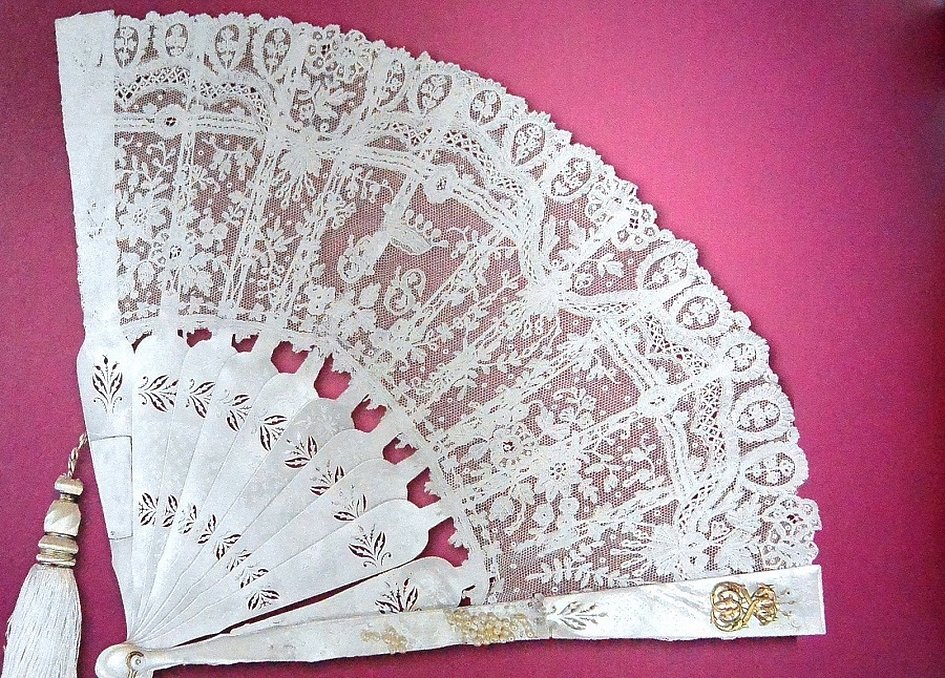
In this case, it is recommended to adhere to the following rules:
- It is necessary to wash by hand with care. If it is necessary to use a washing machine, it is necessary to set the delicate washing mode.
- It is advisable not to use washing powder, but to prefer liquid detergent.
- An expensive and rare lace item should be dry cleaned.
- If the lace fabric has been damaged, it is best to have it repaired by a professional.
- Even when wringing out briefly, you need to be careful. It is recommended to wrap the product in a sheet before doing this.
- It should be dried without using clothespins. It is advisable to carefully lay it out on a flat surface.
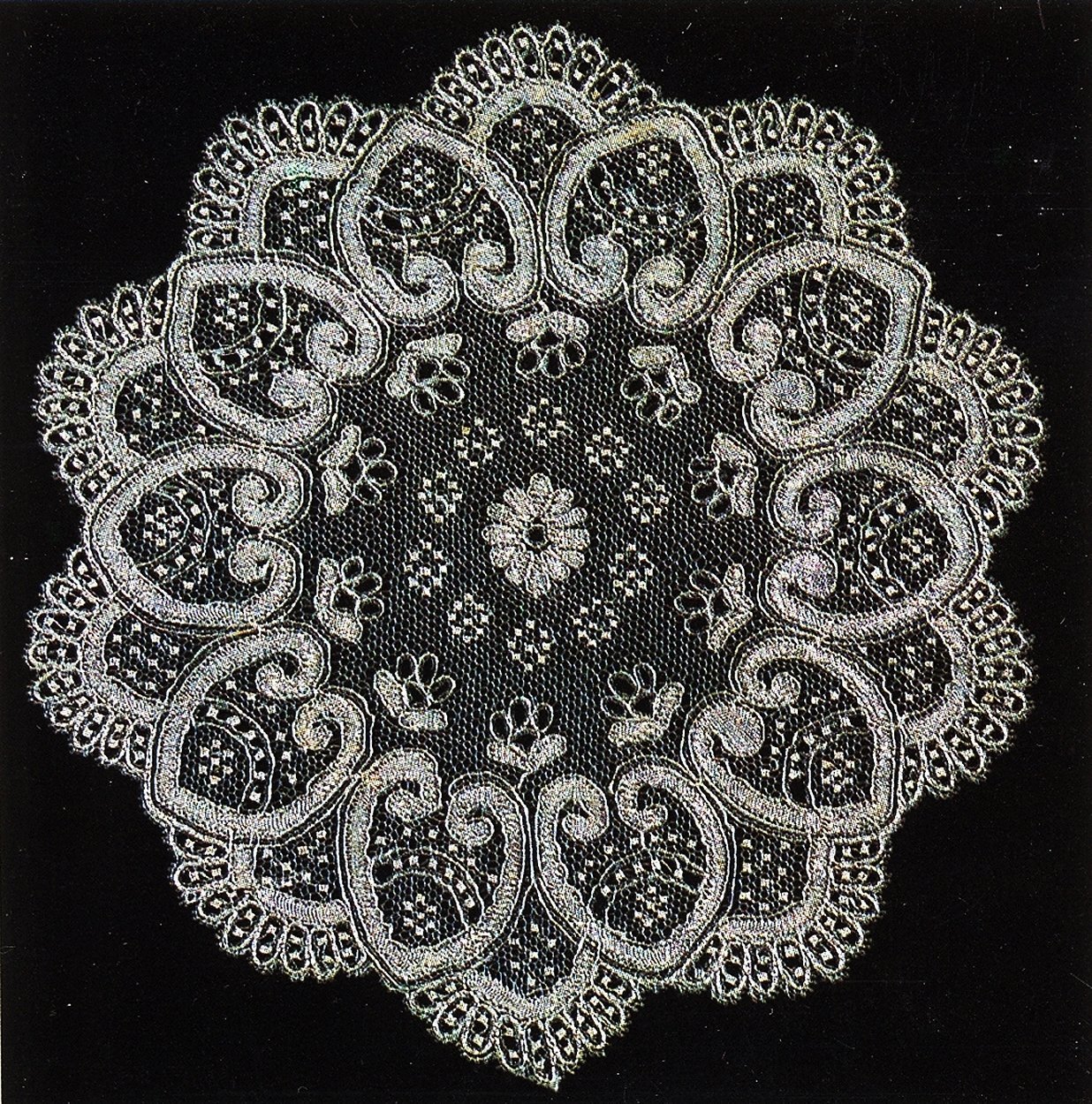
If you follow these rules, this product will last for many years.
Advantages and disadvantages of handmade lace
The use of lace fabrics has positive aspects:
- These fabrics are beautiful.
- They are environmentally friendly. This is due to the use of natural fabrics.
- Their air permeability meets hygienic requirements.
- Safe for health - they do not cause allergic reactions.
- Lace fabrics do not generate static electricity.
The disadvantages include their high cost and the fact that they require delicate care.
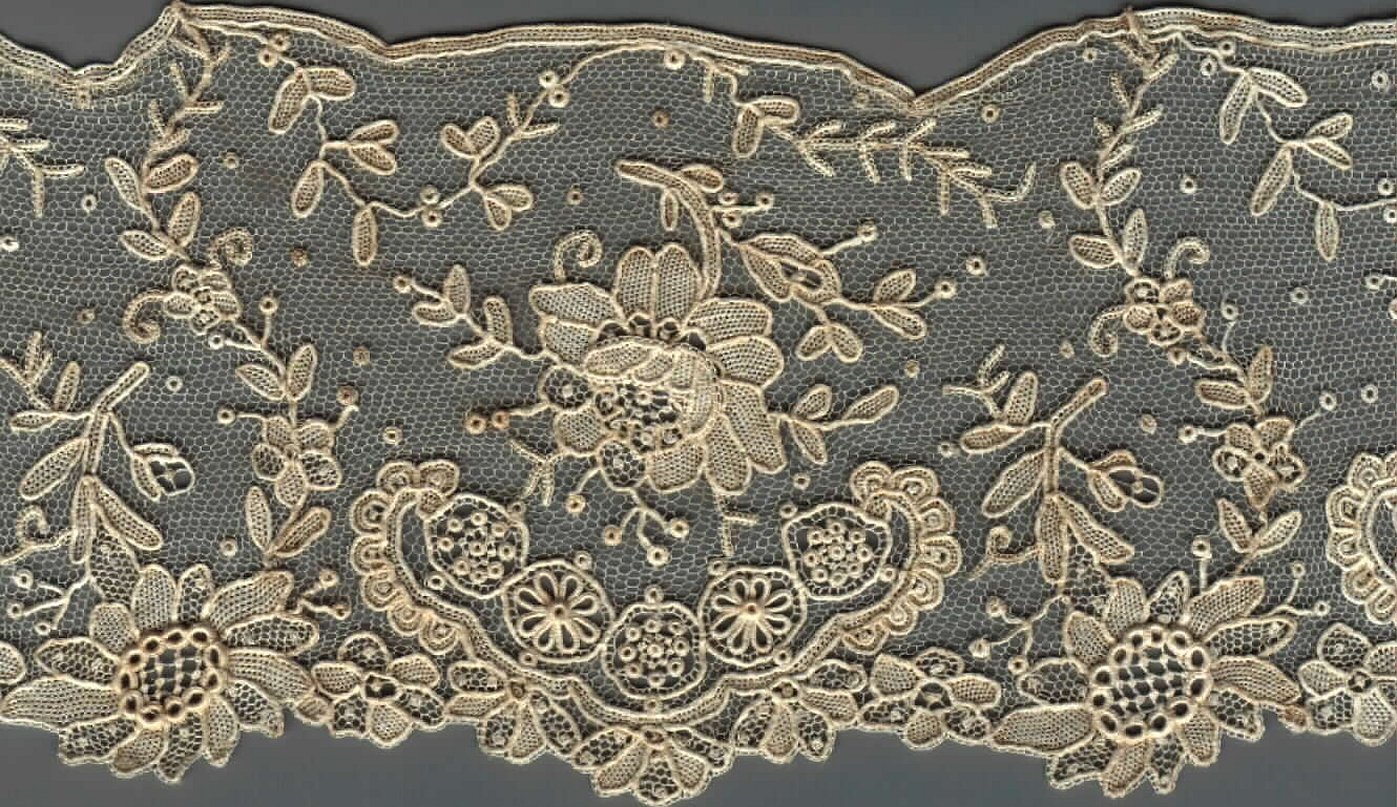
Lace can decorate life, but you need to remember that it needs to be carefully looked after. In this case, it will last a long time, bringing joy with its exquisite appearance.




